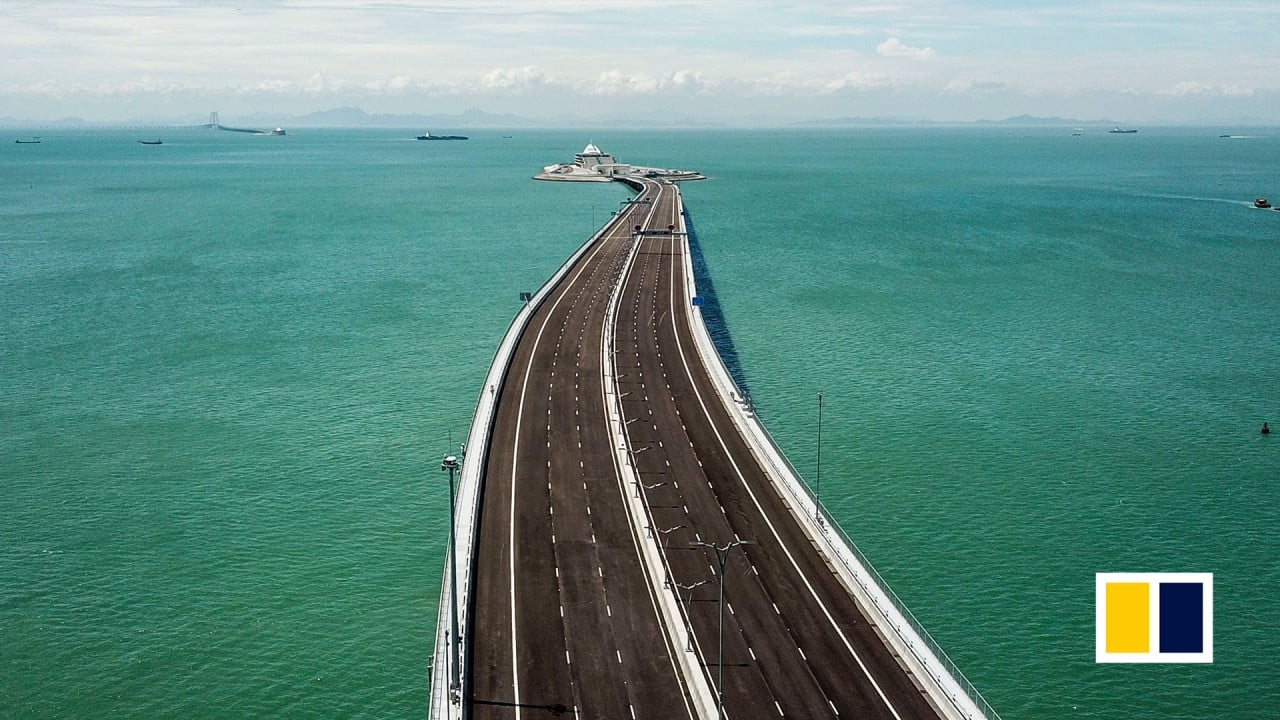How Chinese engineers used bamboo in the world’s longest sea bridge, and more
Team from Nanjing research institute has been developing greener, more durable engineered bamboo technologies

Chinese scientists have been working on new technologies to make stronger and more durable bamboo-based materials for large-scale infrastructure, reinforcing the country’s position as a leader in the emerging eco-friendly industry.
Six years after they were installed on the bridge – the world’s largest sea crossing – the bamboo-based panels have withstood sunlight, typhoons and seawater corrosion, remaining “as solid as ever”, according to the report.
Lou Zhichao, from Nanjing Forestry University’s Bamboo Research Institute, said most of the world’s bamboo was grown in developing countries. “China is not only the world’s largest bamboo producer but also holds a comparative advantage in processing capabilities,” he told the newspaper.
“Maintaining China’s leadership in bamboo technology innovation is crucial. The industry should focus on advancing automation and smart manufacturing while actively shaping international standards,” said Lou, whose team has spent the past decade developing low-carbon bamboo processing technologies.
The researchers also worked with Hangzhou-based Dasuo Technology to create a 240,000 sq metre (258,300 sq feet) curved bamboo ceiling at the Madrid-Barajas International Airport – the largest of its kind in the world – and other major international projects, the report said.
